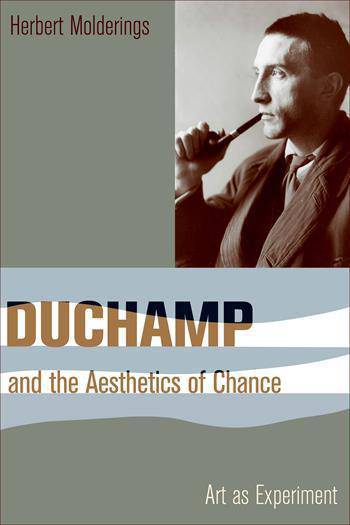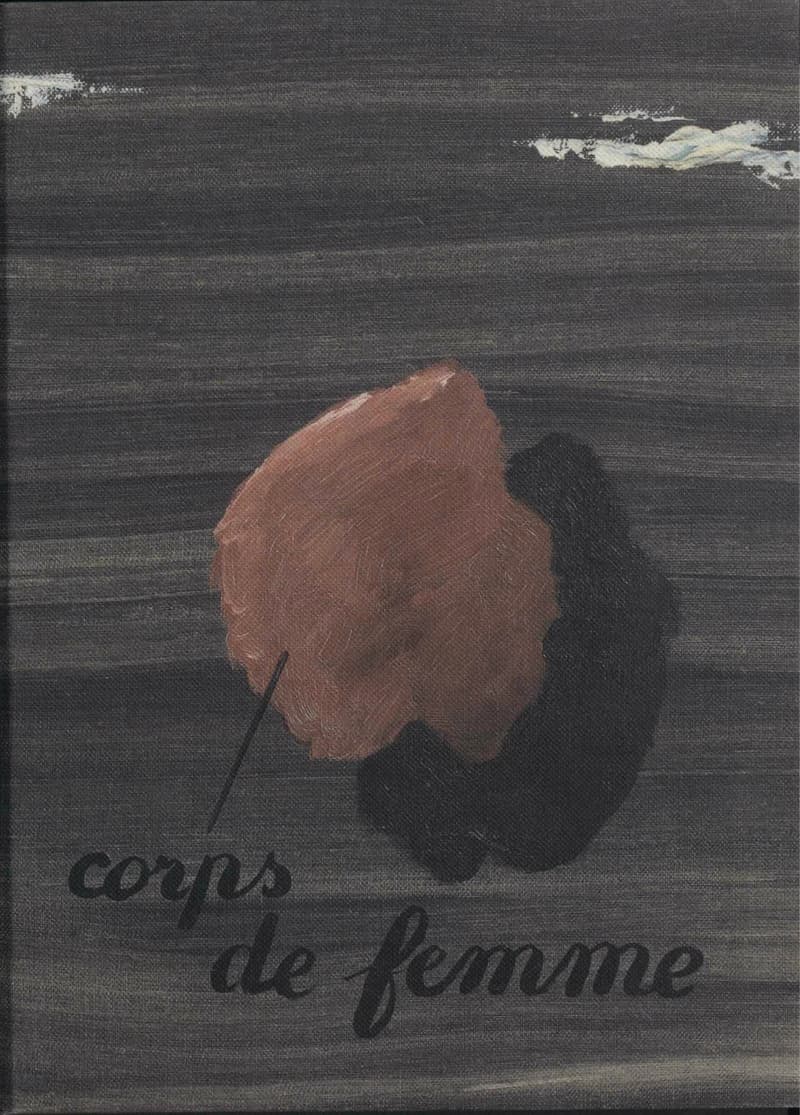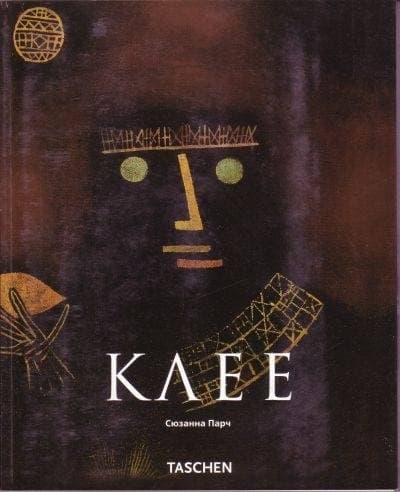Duchamp and the Aesthetics of Chance: Art as Experiment
Marcel Duchamp is often viewed as an “artist-engineer-scientist,” a kind of rationalist who relied heavily on the ideas of the French mathematician and philosopher Henri Poincare. Yet a complete portrait of Duchamp and his multiple influences draws a different picture. In his 3 Standard Stoppages (1913–1914), a work that uses chance as an artistic medium, we see how far Duchamp subverted scientism in favor of a radical individualistic aesthetic and experimental vision. Unlike the Dadaists, Duchamp did more than dismiss or negate the authority of science. He pushed scientific rationalism to the point where its claims broke down and alternative truths were allowed to emerge. With humor and irony, Duchamp undertook a method of artistic research, reflection, and visual thought that focused less on beauty than on the notion of the “possible.” He became a passionate advocate of the power of invention and thinking things that had never been thought before. The 3 Standard Stoppages is the ultimate realization of the play between chance and dimension, visibility and invisibility, high and low art, and art and anti-art. Situating Duchamp firmly within the literature and philosophy of his time, Herbert Molderings recaptures the spirit of a frequently misread artist-and his thrilling aesthetic of chance.
Details
New York City
2010
214 pages
9780231147620
Available on request
Yes
Yes
709.201 Duc
1
- Franz Marc1987
- Пикассо и окрестности: Сборник статей2006
- Brancusi New York: 1913–20132013
- Edward Hopper and the American Imagination1995
- Письма к друзьям2015
- Rene Magritte (Or: The Rule of Metaphor)2018
- Пабло Пикассо. «Любительница абсента»2019
- Hans Richter: Encounters2013
- Paul Gauguin: Das verlorene Paradies1998
- Diego Rivera: Murals for the Museum of Modern Art2011
- Пауль Клее2007
- The Picasso Book2010












